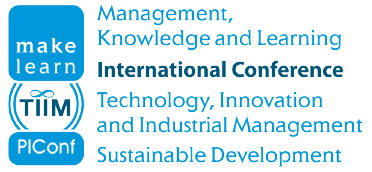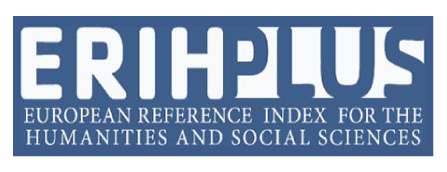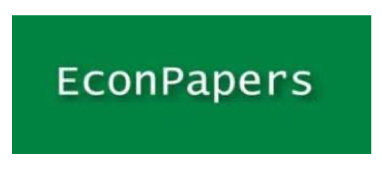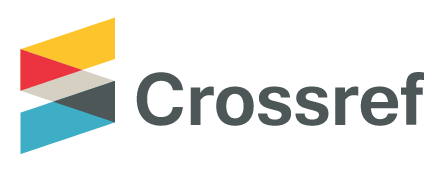Alternative Flipped Learning Approach Scaffolding Student Engagement and Collaboration: A Case Study with ELT Master Students in “Corpora in Applied Linguistics” Subject
DOI:
https://doi.org/10.53615/2232-5697.12.S89-100Keywords:
flipped classroom, alternative flipped learning approach, corpus, web-applicative tools, engagement, collaborationAbstract
Purpose: The present study focuses on the importance of subject learning in a faster and easier approach (hereby referring to flipped alternative learning) without time and space limits in Higher Education.
Provided the nature of the teaching academic subject “Corpora in Applied Linguistics” that means bringing natural language into the classroom in a way that involves learners through web-applicative tools to generate hands-on activities interacting with ‘real’ language, the main approach that prevails in this field of language inquiry is the corpus-based approach.
Study design/methodology/approach: The study’s design was built on the Compleat Lextutor website of Tom Cobb, 2000, to generate activities in a flipped classroom. Being virtually free, easy to access and offering space for students to assemble, share and moderate thoughts and generate products gave the researcher the ownership of implementing an alternative flipped learning approach at first to fulfil the subject’s objectives, second to test this model of learning in the Albanian academic setting and in relevance further address it to other subject implications.
Deliberately, we have implemented an alternative flipped learning approach in the daily teaching practice to disseminate knowledge, technology, and its tools in a more flexible learning environment. The research statement this study addresses is that flipped classroom and flipped classroom technology models increase the students’ level of engagement and cultivate collaborative values among the latter in the long run of the educational process.
Findings: Even though this model of learning is not well recognised in our country, the innovative intentions of the researcher to suit the latter to the daily teaching practice reported to simultaneously facilitate and turn into interactive the overall subject learning process.
Moreover, the acronym’s significance ‘FLIP’ with its four pillars came up as successive chunks of practice in this model of teaching: Flexible learning environment, learning throughout ‘real’ language about culture across time and space in which Intentional knowledge content assisted the Professional educator to foster engagement vs. collaboration so that students work independently and exert a greater control on the learning process.
Originality/value: The value of the present study relies on the novelty of implementing Flipped learning as an unknown approach in the Albanian foreign language acquisition context in alignment with the subject’s corpus-based approach. It reported effectiveness from the ELT Master students’ positive feedback of their collaboratively designed manuals and corpus-based approach tasks and activities at the end of each flipped learning interval (25 classes out of 75). In addition, it assisted them in disseminating language using online learning, intertwining the digital skills and the collaborative students’ scaffold that the targeted subject and the flipped model indeed require.
Downloads
Downloads
Published
Issue
Section
Categories
License
Copyright (c) 2023 Juliana Cyfeku

This work is licensed under a Creative Commons Attribution-ShareAlike 4.0 International License.















